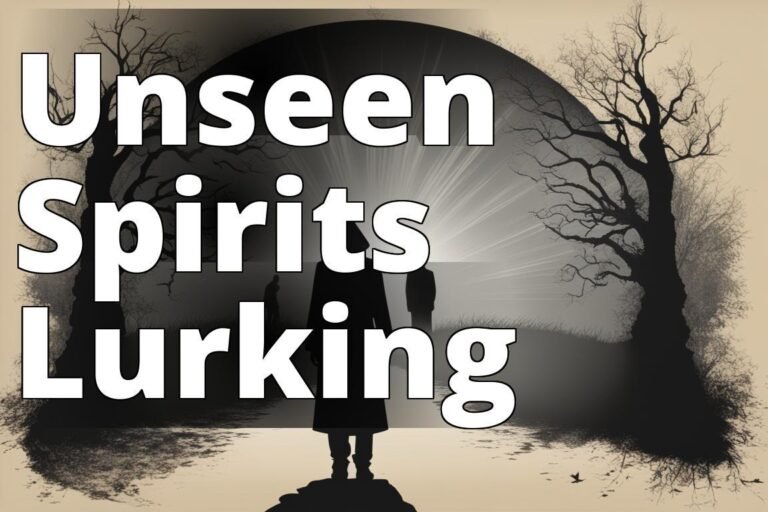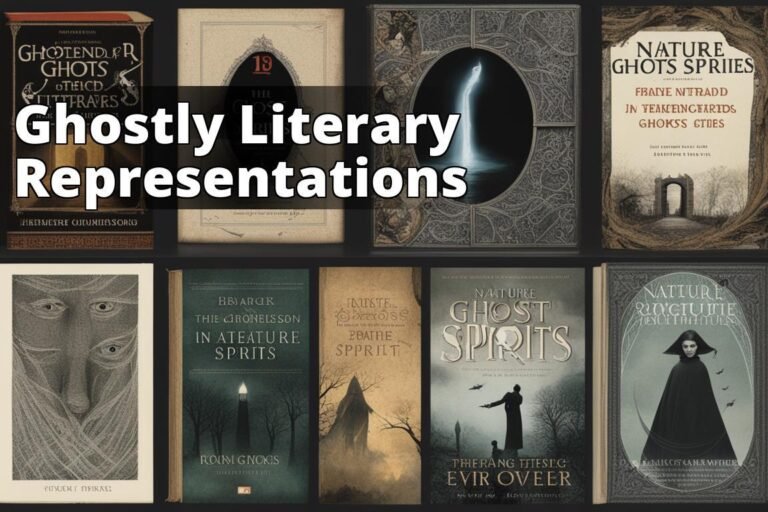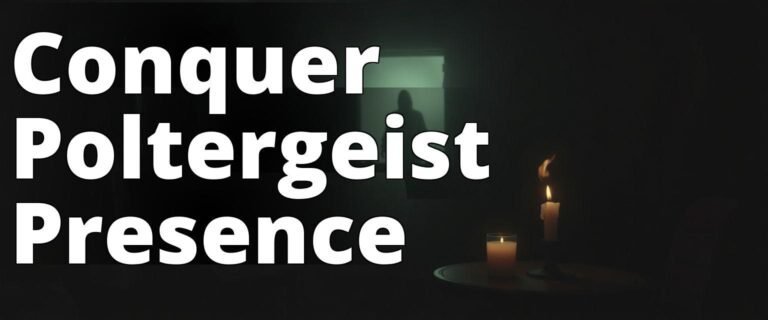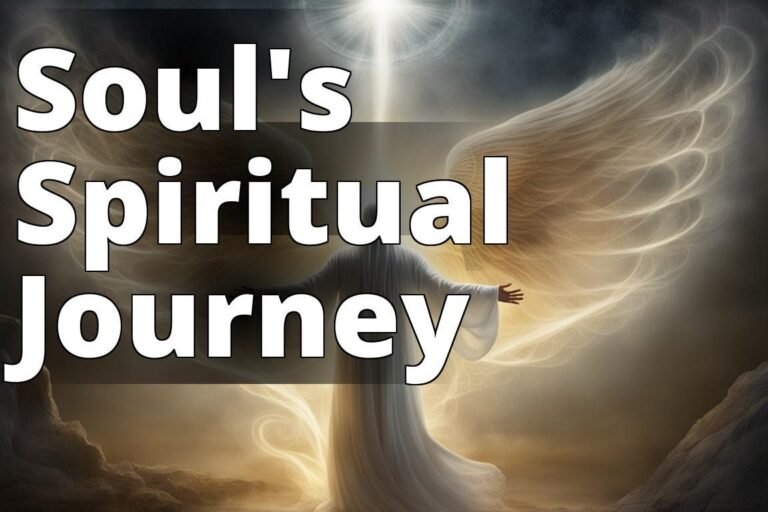11 Types of Hauntings
Have you ever felt a chill run down your spine as if someone or something is watching you, but when you turn around, nothing’s there? Or perhaps you’ve heard stories of objects moving on their own, unexplained shadows, or even voices from nowhere? These phenomena are often attributed to what many call hauntings. But not all hauntings are created equal. From noisy ghosts making their presence known to sinister spirits lurking in the shadows, let’s embark on a spine-tingling journey through the 11 types of hauntings.
Learn about Noisy Ghosts
- Noisy ghosts are associated with poltergeist hauntings, characterized by loud and disruptive paranormal activities.
- These hauntings often involve objects being thrown, doors slamming, and unexplained noises in the environment.
- Understanding the different types of hauntings can help identify noisy ghost phenomena.
1. Intelligent Haunting
Intelligent hauntings are perhaps what most people envision when they think of ghosts. These are spirits that seem to interact with the living in a meaningful way. They can move objects, make noises to communicate, or even manifest as apparitions. My personal experience in an old Victorian house where the lights would flicker whenever we talked about the original owner still gives me shivers. It’s as if the spirit was agreeing or participating in our conversation.
Insider Tip: Pay close attention to the patterns of these interactions; they often hold clues about the spirit’s identity or intentions.
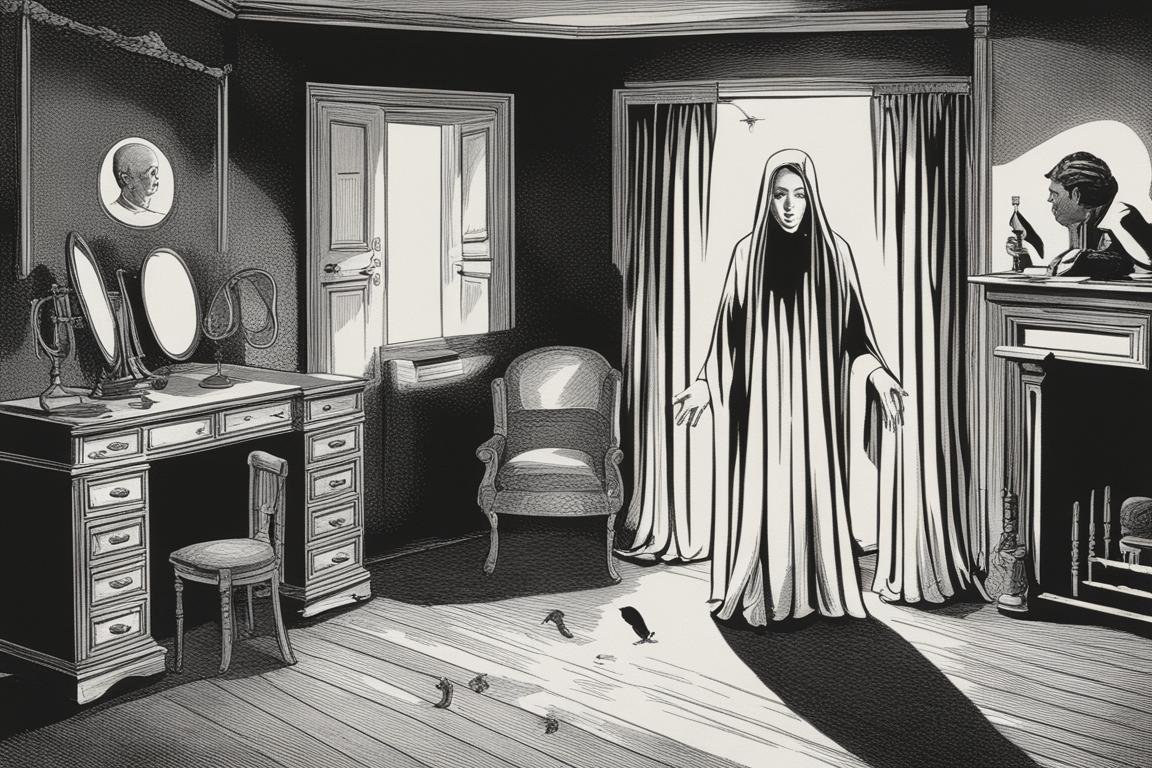
2. Residual Haunting
Residual hauntings are like cosmic reruns. They involve spirits or energy imprints that replay certain actions or events at specific times or under certain conditions. These hauntings are not aware of their surroundings or the living. The famous Grey Lady of the Willowbank Estate, who walks the same hallway every night at midnight, is a classic example of a residual haunting.

3. Poltergeist
Poltergeist activity is one of the most attention-grabbing and, frankly, terrifying types of hauntings. The term “poltergeist” comes from German words meaning “noisy ghost,” and they live up to their name. These are characterized by unexplained noises, objects moving or being thrown, and even physical attacks. While some believe poltergeist activity is the work of mischievous spirits, others argue it’s the result of psychic energy from living individuals, often adolescents under stress.
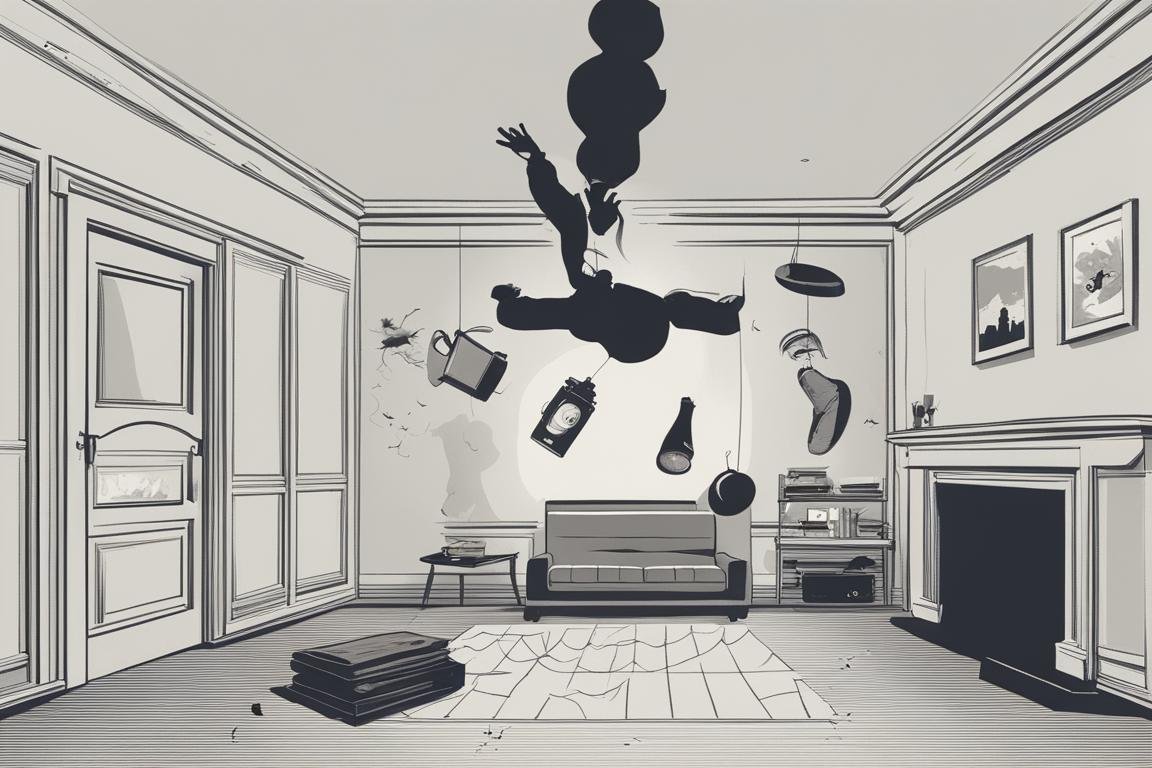
4. Demonic Haunting
Demonic hauntings are as dark and dangerous as they sound. These involve non-human entities with malevolent intentions towards the living. Often depicted in horror movies, these entities can manifest with terrifying appearances and are known for their strength and cunning. An encounter with a demonic entity in a reputedly haunted asylum, where shadows moved against the laws of physics, convinced me of their reality.
Insider Tip: If you suspect a demonic presence, seek professional help. This is not something to tackle on your own.
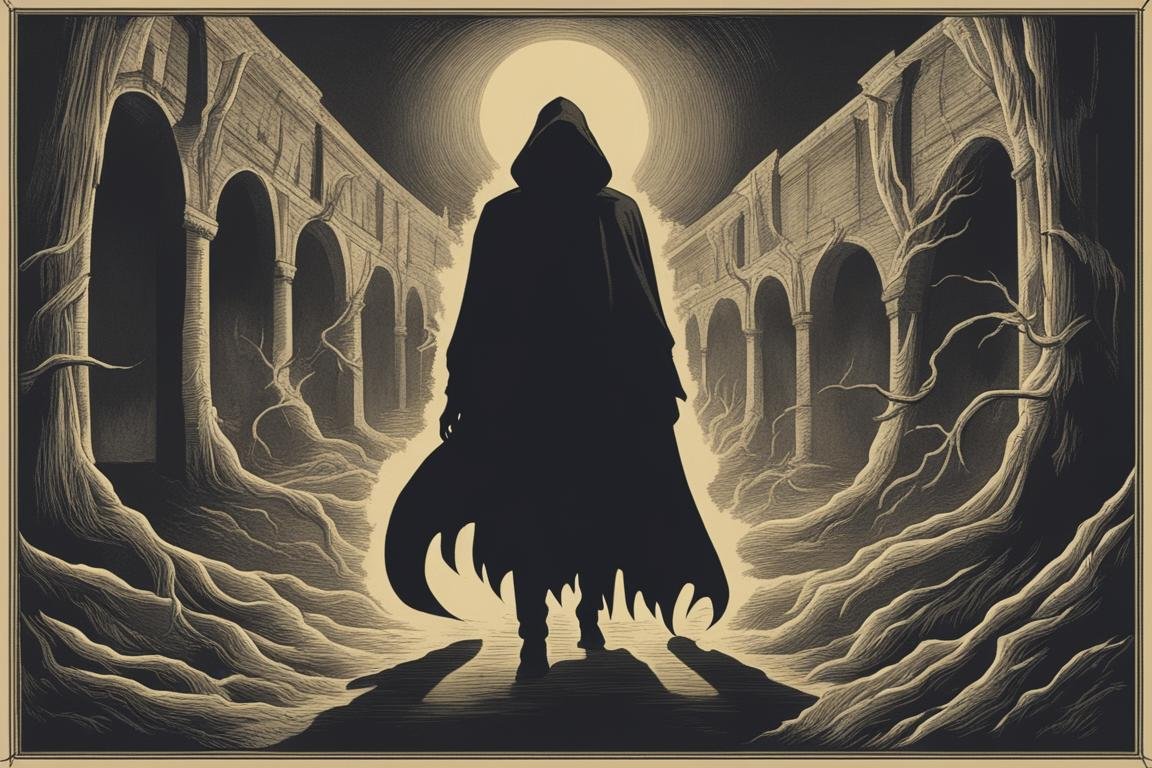
5. Shadow People
Shadow people are elusive and mysterious figures, often seen out of the corner of one’s eye. They appear as dark, shadowy figures, sometimes with distinguishable human features and sometimes not. Unlike other hauntings, shadow people tend to evoke an intense feeling of dread. Some theorize they are malevolent spirits; others suggest they might be interdimensional beings.
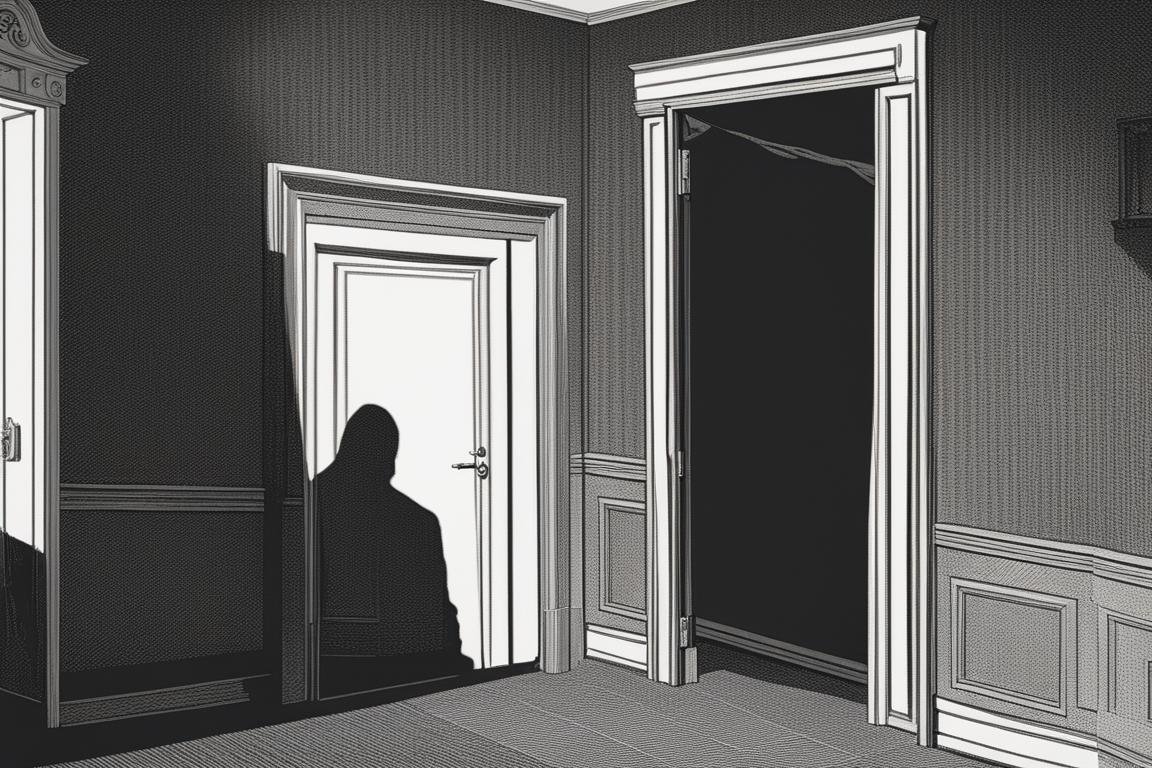
6. Time Slip
Time slips are a fascinating and less understood phenomenon where individuals or locations momentarily bridge across time periods. This could manifest as seeing people dressed in period clothing who suddenly vanish or buildings appearing from a bygone era only to disappear. I once experienced what I believe was a time slip in an ancient European city, where the bustling sounds of modernity were replaced by the clip-clop of horse-drawn carriages, but only for a moment.
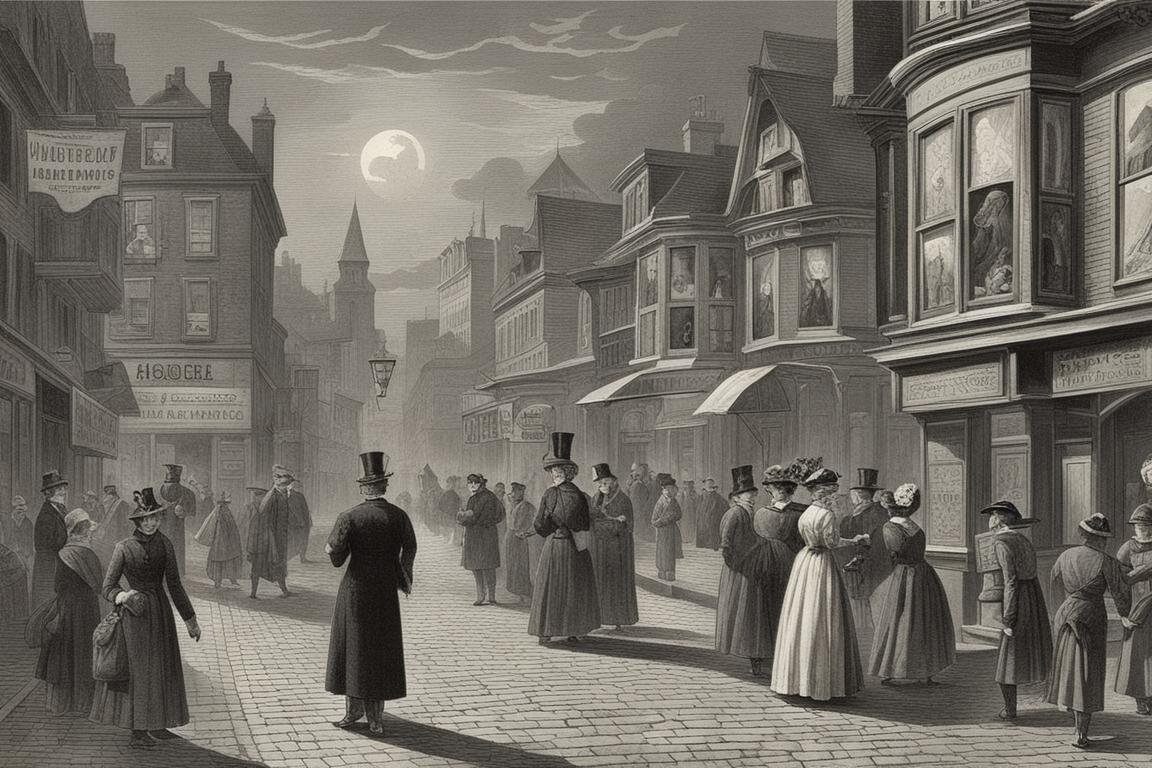
7. Inhuman Spirit
Inhuman spirits are entities that were never alive in the human sense. This category includes elemental spirits, which are believed to be the spirits of nature, such as air, fire, water, and earth. Encounters with these spirits often occur in locations with significant natural energy or historical spiritual significance.
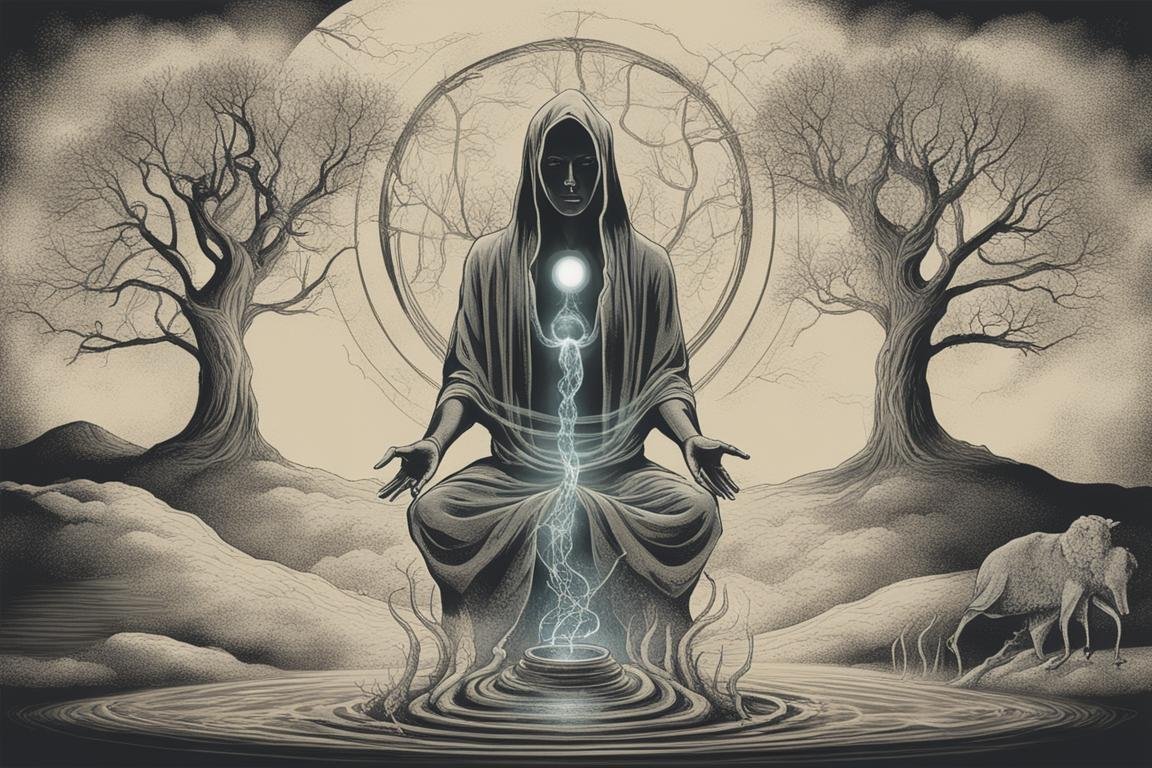
8. Ectoplasm
Ectoplasm is a term that conjures images of the classic ghostbusters, but it’s also a type of haunting. It refers to a physical substance that spirits can produce or manipulate, often seen as a mist or goo. Photographs from the early 20th century spiritualism movement often claimed to capture ectoplasm, though many were later debunked as frauds.
9. Vortexes
Vortexes are believed to be specific spots on the earth where energy, either spiritual or electromagnetic, is either entering into or exiting the earth’s plane. These areas are thought to be gateways or portals for spiritual entities. Sedona, Arizona, with its famous vortexes, is a hotspot for those looking to experience these gateways firsthand.
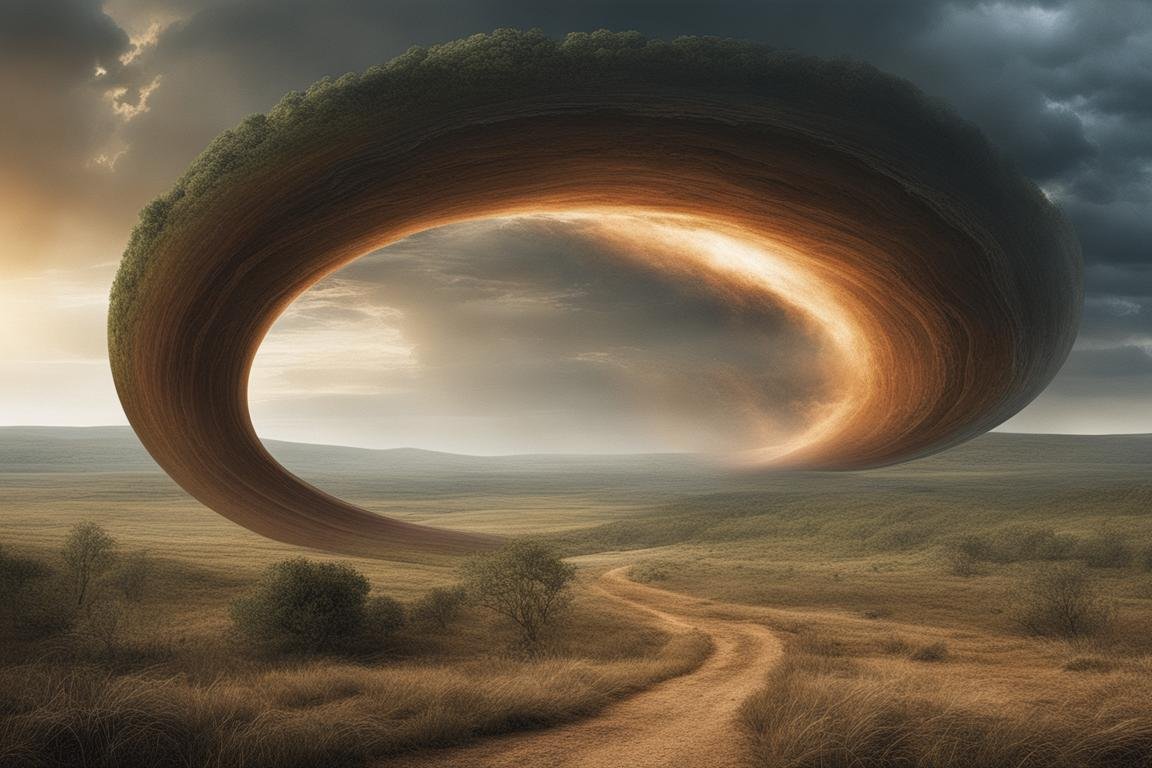
10. Orbs
Orbs are perhaps the most commonly captured phenomenon in paranormal photography. They appear as balls of light or color and are often thought to be the manifestation of a spirit’s energy. While skeptics argue that orbs can be explained by dust, insects, or moisture, some patterns and behaviors captured seem to defy these mundane explanations.
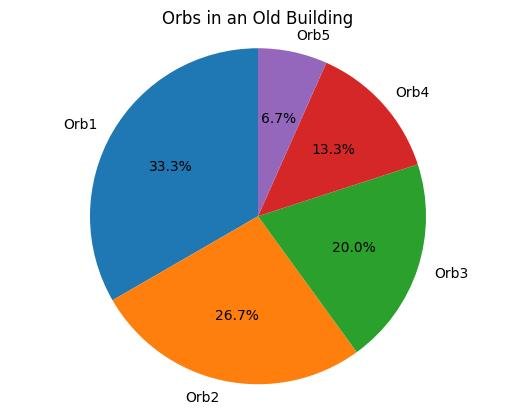
11. Portal Haunting
Portal hauntings involve locations where spirits or entities can move freely between their world and ours. These are often tied to the idea of vortexes but are specifically linked to spirit activity. Locations with a long history of human inhabitation or tragedy are often suspected of being portals.
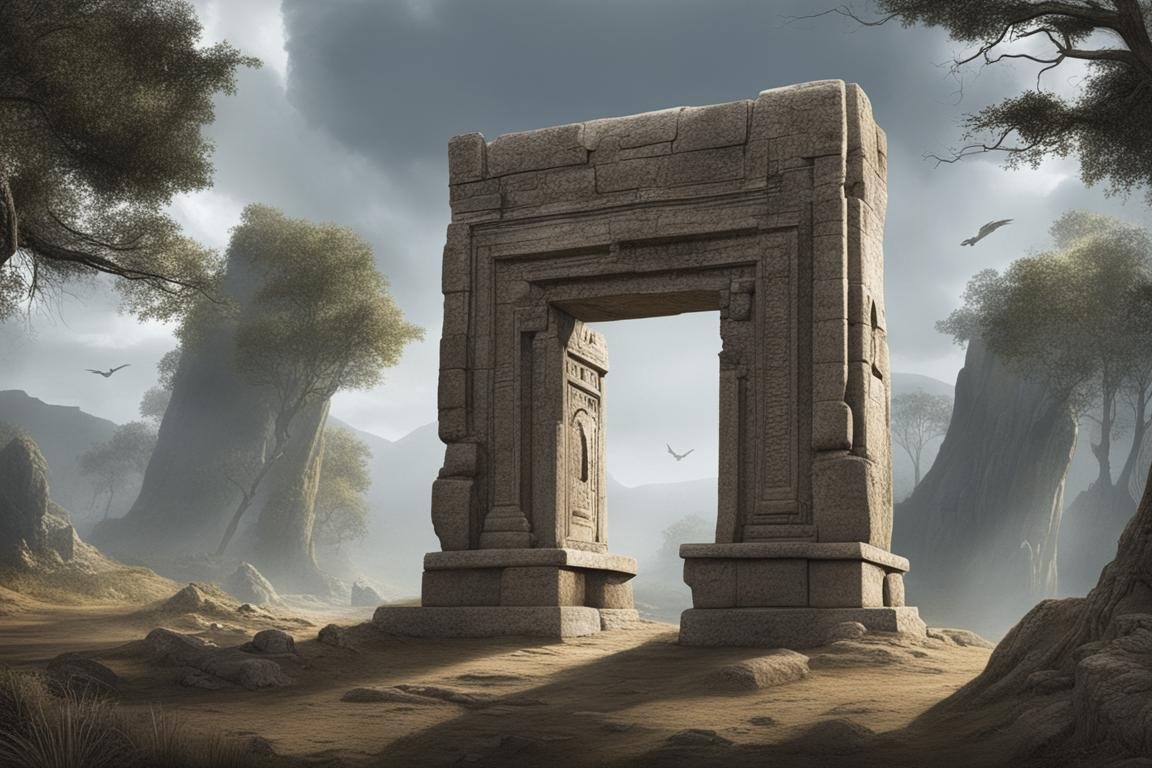
In delving into the world of hauntings, we uncover a spectrum of phenomena that challenges our understanding of reality. Whether driven by belief, curiosity, or sheer fascination, exploring these 11 types of hauntings reveals a world brimming with mystery and intrigue. As we’ve ventured from intelligent spirits seeking interaction to the eerie phenomena of shadow people and the terrifying realm of demonic entities, it’s clear that the paranormal has many faces.
These hauntings, with their rich tapestry of historical and personal anecdotes, beckon us to question, explore, and, yes, sometimes fear the unknown. But they also remind us of the depth of human experience and the boundless possibilities that lie just beyond the veil of our understanding. So, whether you’re a skeptic, a believer, or somewhere in between, the realm of hauntings invites you to open your mind to the mysteries that linger in the shadows of our world.
For those intrigued by the unseen and unheard, remember to tread carefully, respect the energies and entities you may encounter, and always keep an open mind. After all, in the world of the paranormal, the truth is often stranger than fiction.
Explore More Mysteries
As we close this chapter on the 11 types of hauntings, let’s carry forward the curiosity and courage to explore the thin white lies that flutter at the edges of our reality. Who knows what truthsor lieswe might uncover?
Frequently Asked Questions
Question: Who are noisy ghosts?
Answer: Noisy ghosts are spirits known for creating loud sounds in haunted locations.
Question: What makes a ghost noisy?
Answer: Noisy ghosts are believed to make sounds by moving objects or banging on walls.
Question: How can I deal with noisy ghosts?
Answer: You can try communicating with the spirit or seek help from a paranormal expert.
Question: Isn’t it just old house creaks?
Answer: While some noises can be explained, others are attributed to noisy ghosts.


